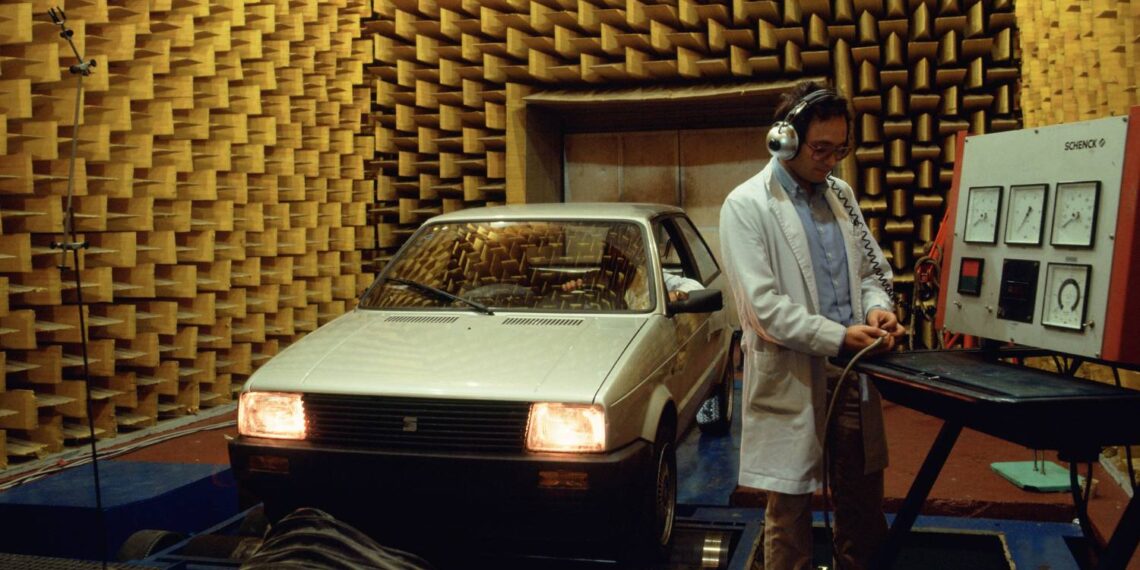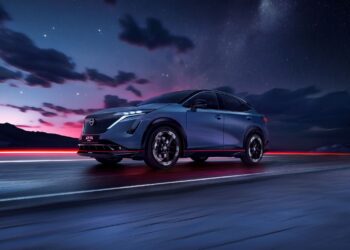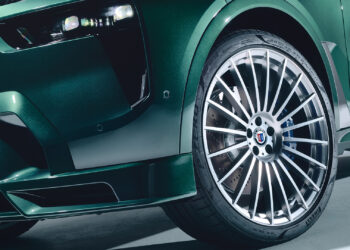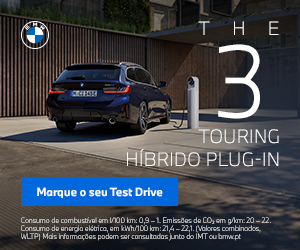The Technical Center of SEAT S.A. is celebrating 50 years as a fundamental pillar of the company’s innovation, and a place where 34,000 professionals have developed over 950 prototypes and iconic models over the past five decades.
The SEAT 1200 Sport was the first model to be fully developed at the Technical Center in 1975. Known as the “Bocanegra,” it entered history thanks to its distinctive black polyurethane foam bumper, which earned it the nickname.
50 years later, the Technical Center of SEAT SA is fully engaged in the development of urban electric vehicles, but continues to work to create the mobility of the future, always at the forefront of the technology of each era.
In the early years, the 211 employees of the Technical Center sketched the initial designs of the models on large sheets of paper. The silhouette of the prototypes was defined through life-sized reproductions in plaster, and acoustic tests were conducted in rooms lined with foam.
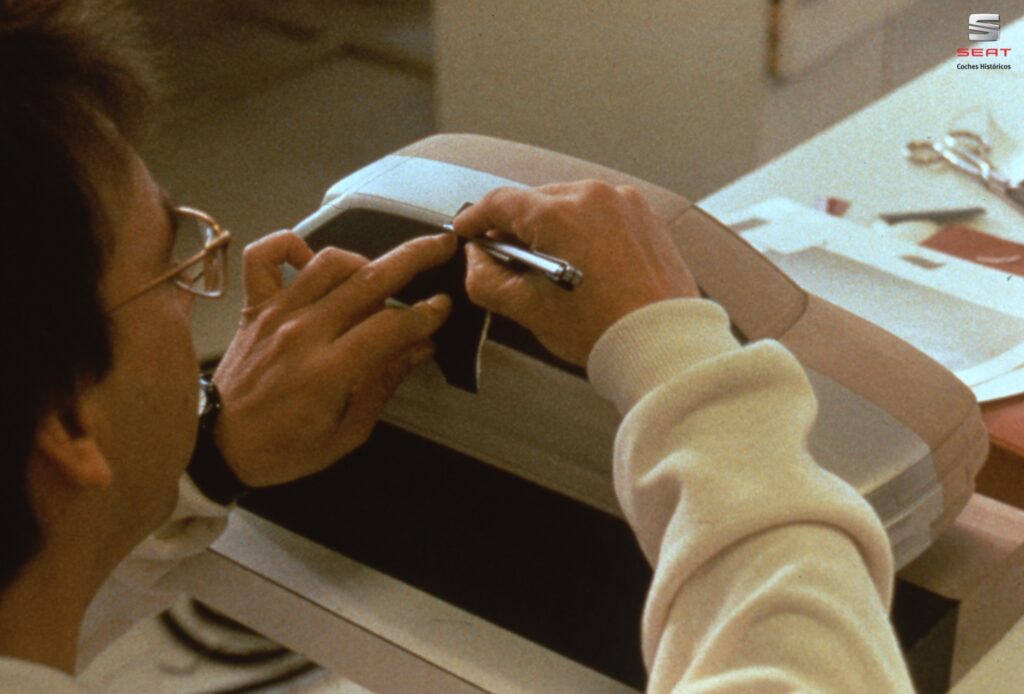
Currently, a team of a thousand professionals – engineers, designers, specialists in aerodynamics and acoustics – works with 3D sketches, virtual reality, and artificial intelligence tools. “The biggest evolution has been the diversity of technologies that our team had to learn to master”, explained Josep Bons, director of User Experience & Interior Engineering, in a statement.
Plaster has given way to clay, and acoustic tests are conducted in an anechoic chamber with ‘box-in-box’ technology, a room built inside another, with layers of steel and concrete that isolate more than 95% of external sounds and vibrations. Inside, the old microphones have been replaced by artificial heads that simulate human perception, capturing all the acoustic nuances.
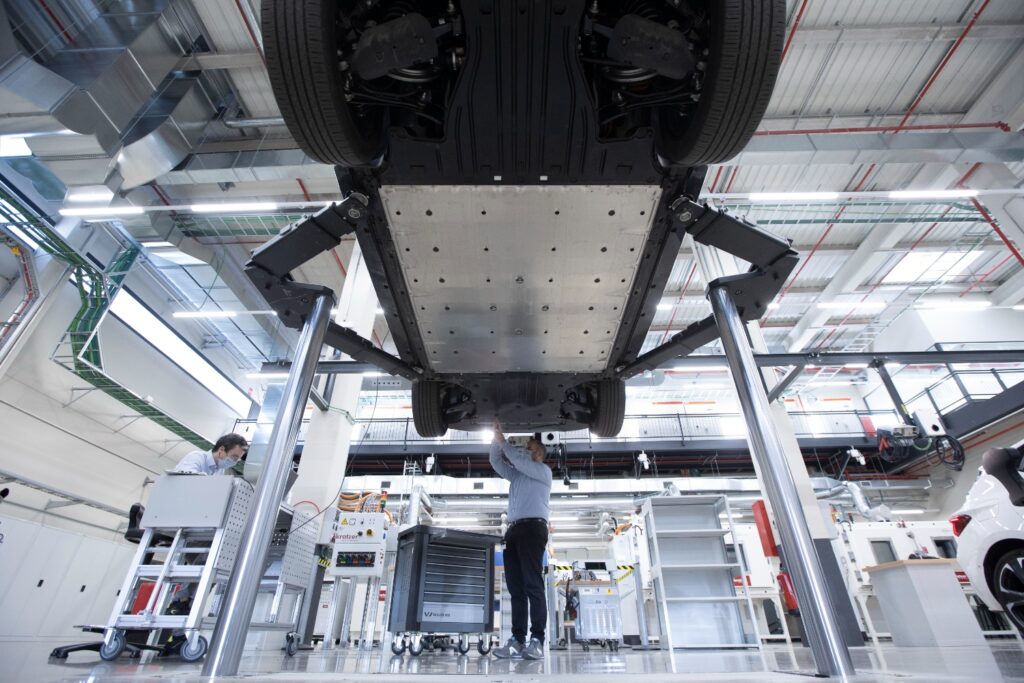
Over the past 50 years, many models have marked an era. After the ‘Bocanegra’, iconic models such as the Ibiza, the Toledo, and the Leon followed. The integration into the Volkswagen Group in 1986 and later into the Audi-Lamborghini cluster in 2002 provided the Technical Center with the necessary strength to expand its operations. The inauguration of the Design Center and the Prototype Development Center in 2007 allowed for the centralization in Martorell of all phases of the creative and technical process: from the first stroke drawn by a designer to the final validation before mass production.
In 2020, another icon emerged: the CUPRA Formentor, the first model conceived and developed entirely by the brand, becoming the best-selling vehicle of the company. In 2021, the CUPRA Born – the first 100% electric model from CUPRA – marked the beginning of electrification. In the same year, the Technical Center was expanded with the Test Center Energy, a unique research and development center for batteries in southern Europe.
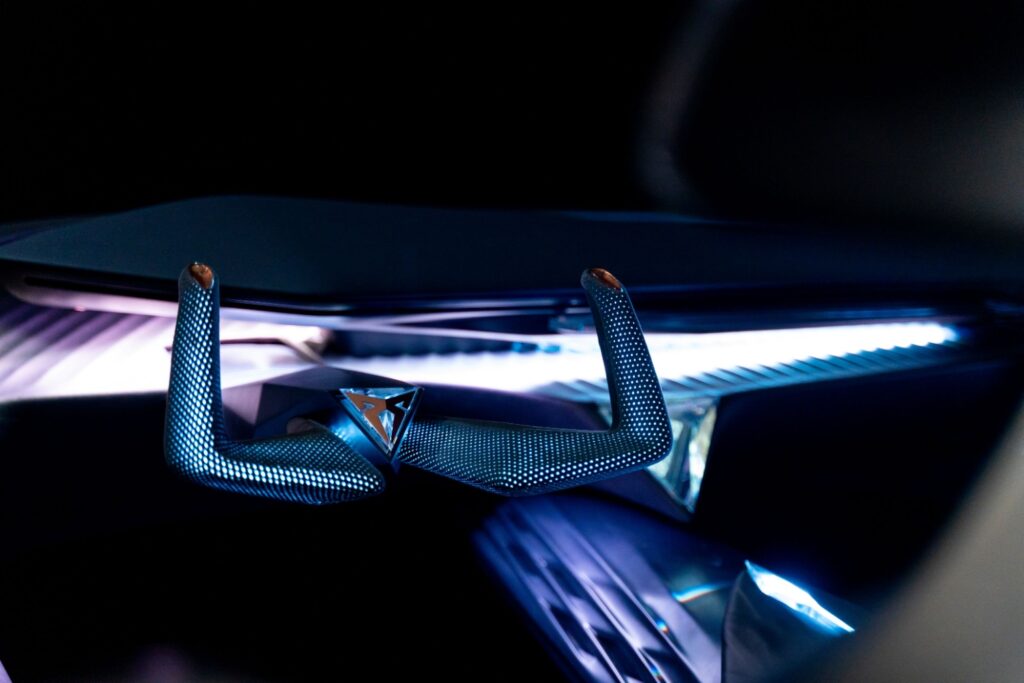
50 years of the Technical Center in numbers
From 211 employees in 1975 to 1,000 today
34,000 professionals throughout its history
Growth of facilities from 16,000 m² to 200,000 m²
More than 950 prototypes developed
359 registered patents
35 million kilometers of testing in extreme weather conditions

